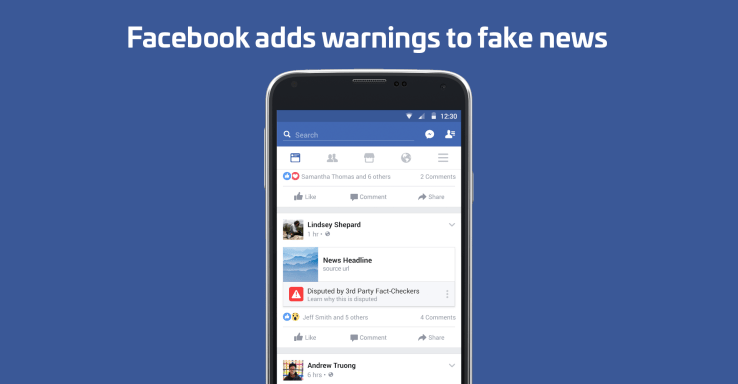School is becoming more and more of a challenge for students, but not because the content is getting harder, but because it is becoming harder and harder to stay awake. Students are not getting enough sleep to during the school week and it is becoming seriously unhealthy. In the article written by the Chicago Tribune, “It’s back to class, and less sleep, for many high schoolers,” they write, “The group, made up of doctors who treat children and young adults, called students’ lack of sleep ‘a national public health crisis.’” Student’s sleep and well-being are cognate. With their lack of sleep during the school week it has affected their overall health and well-being, which takes away from their learning experience. Another big part of not getting enough sleep is the fact that the kids become cranky, which makes them out to be degenerates. The article, “Getting Enough Sleep is No Easy Task for Today’s Students,” written by Alina Saminsky, states, “After puberty, the body’s internal clock changes so that it is difficult for teens to fall asleep before 11pm.” The school day normally starts at eight in the morning, which means that students would need to wake up at about seven in the morning to get to school on time. This means that if students went to bed at eleven at night they would be getting roughly eight hours of sleep, which still does not meet a healthy amount of sleep for a teen, which is nine hours of sleep. That scenario is assuming they went to bed around eleven; some students are forced to stay awake past eleven because of work or their over abundance of homework.
In the article, “It’s back to class, and less sleep, for many high schoolers,” the Chicago Tribune writes, “‘The 10-year-old who went to bed at 9 p.m. becomes the 13-year-old who can’t get to sleep until 11,’ Owens said.” You would think that a child who was used to falling asleep early in their childhood would continue being able to fall asleep early, later in their lives. This is not the case though, When children are nascent, their bodies to get tired later, and it becomes hard for them to fall asleep passed a certain time. In the article, “Getting Enough Sleep is No Easy Task for Today’s Students,” written by Alina Saminsky, she states, “The major reason seems to be bus schedules and after-school activities. Schools are worried that they will have to buy new busses or spend money in other ways.” I personally believe this to be feign and fictive because I cannot think of a reason that schools would need to spend more money to push the school day back by about an hour. The schools would only be delaying everything, not making it longer.
Personally I have a hard time staying awake in school, due to the fact that I have a really hard time going to bed at a decent time, as I work and have two AP classes. I usually fall asleep around 11 to 12 o’clock at night and wake wake up at 6 in the morning because I have to get ready and drive to school, which is 30 minutes from my house. I have roughly six hours of sleep each day, and it sometimes engenders really bad headaches. I think that we should move the school day back by at least an hour, even if there are hidden costs in doing so. The school system is supposed to be about the well being of the children and if we are not well rested, then we are not in good health.

